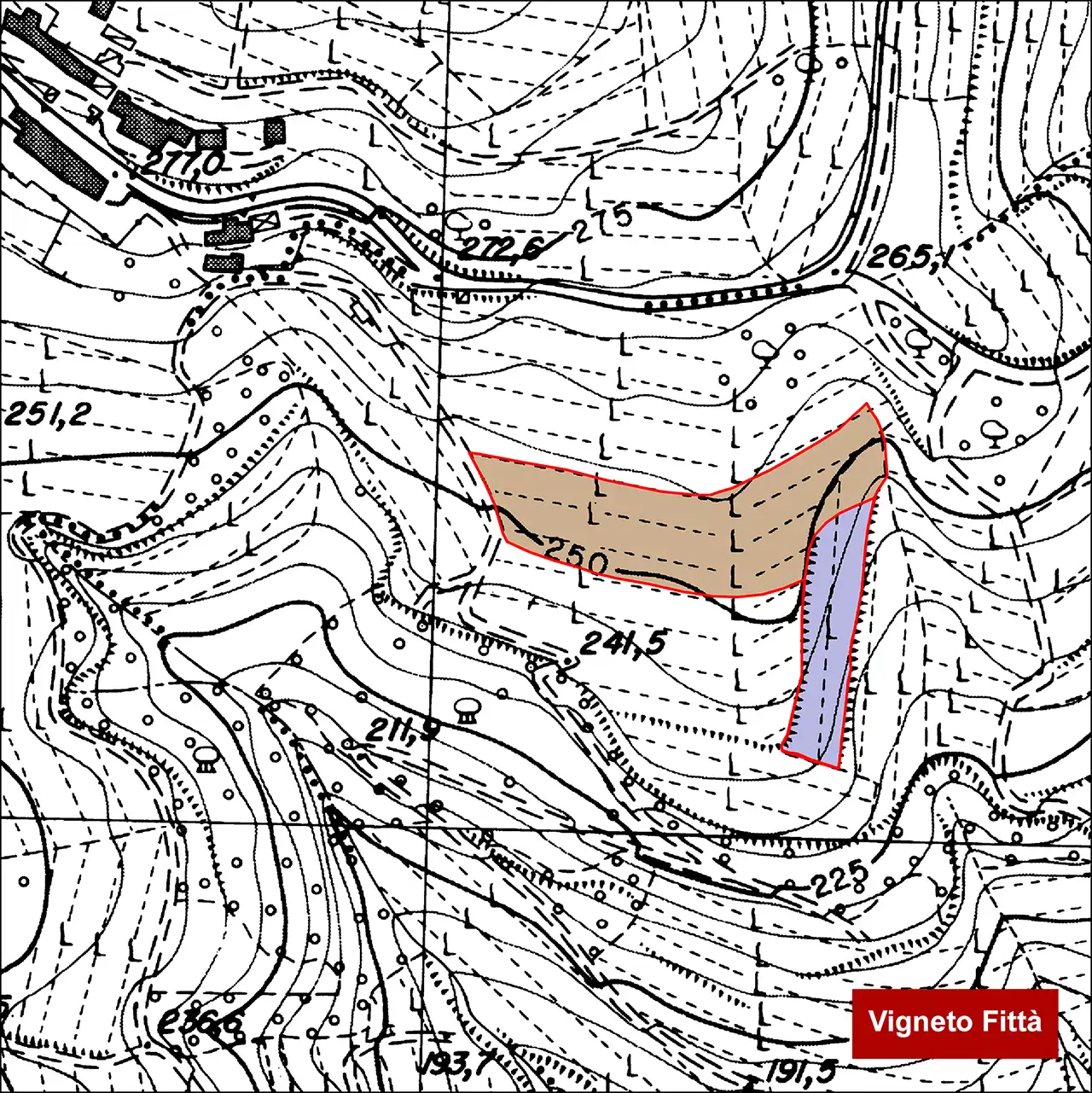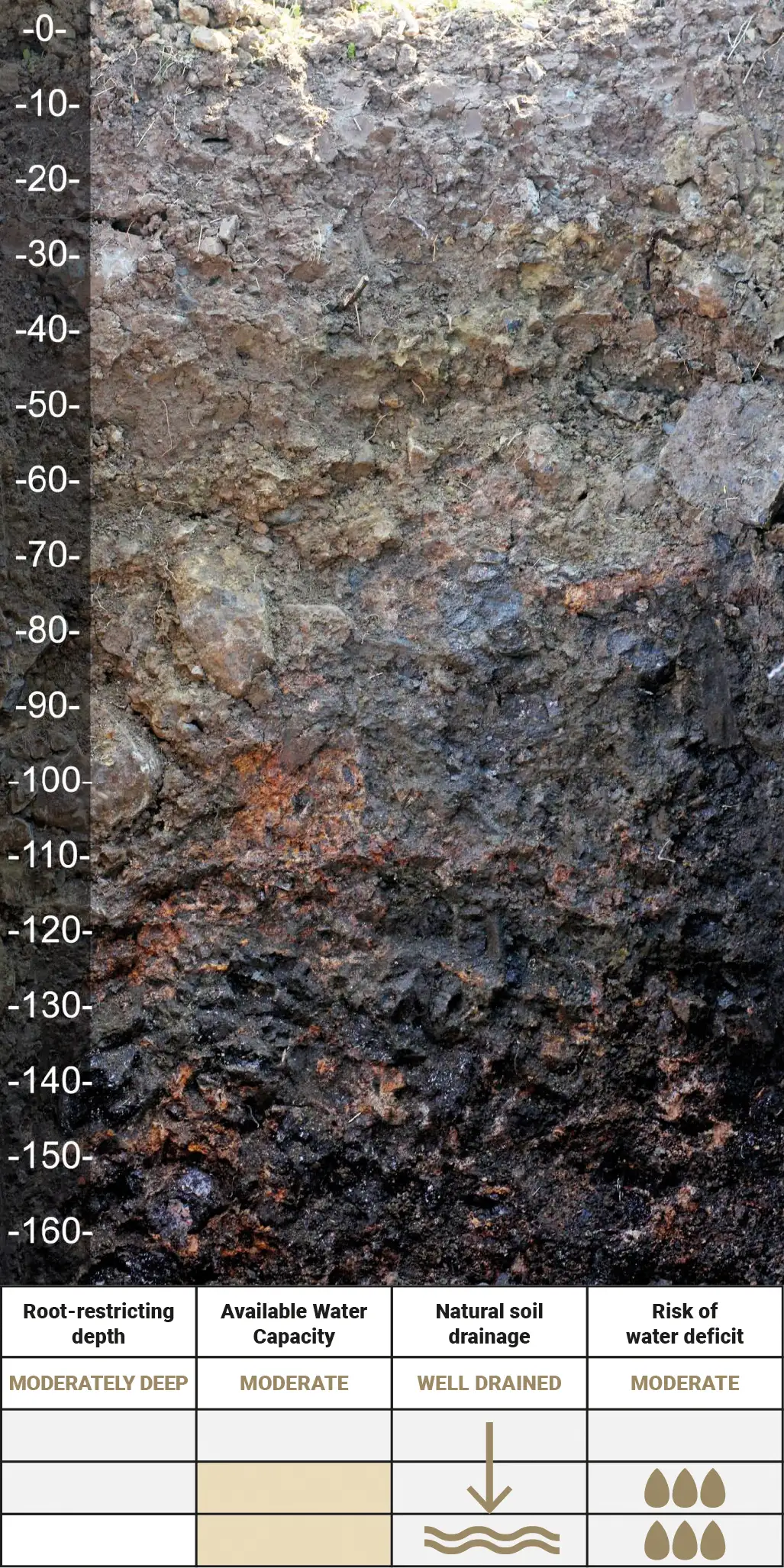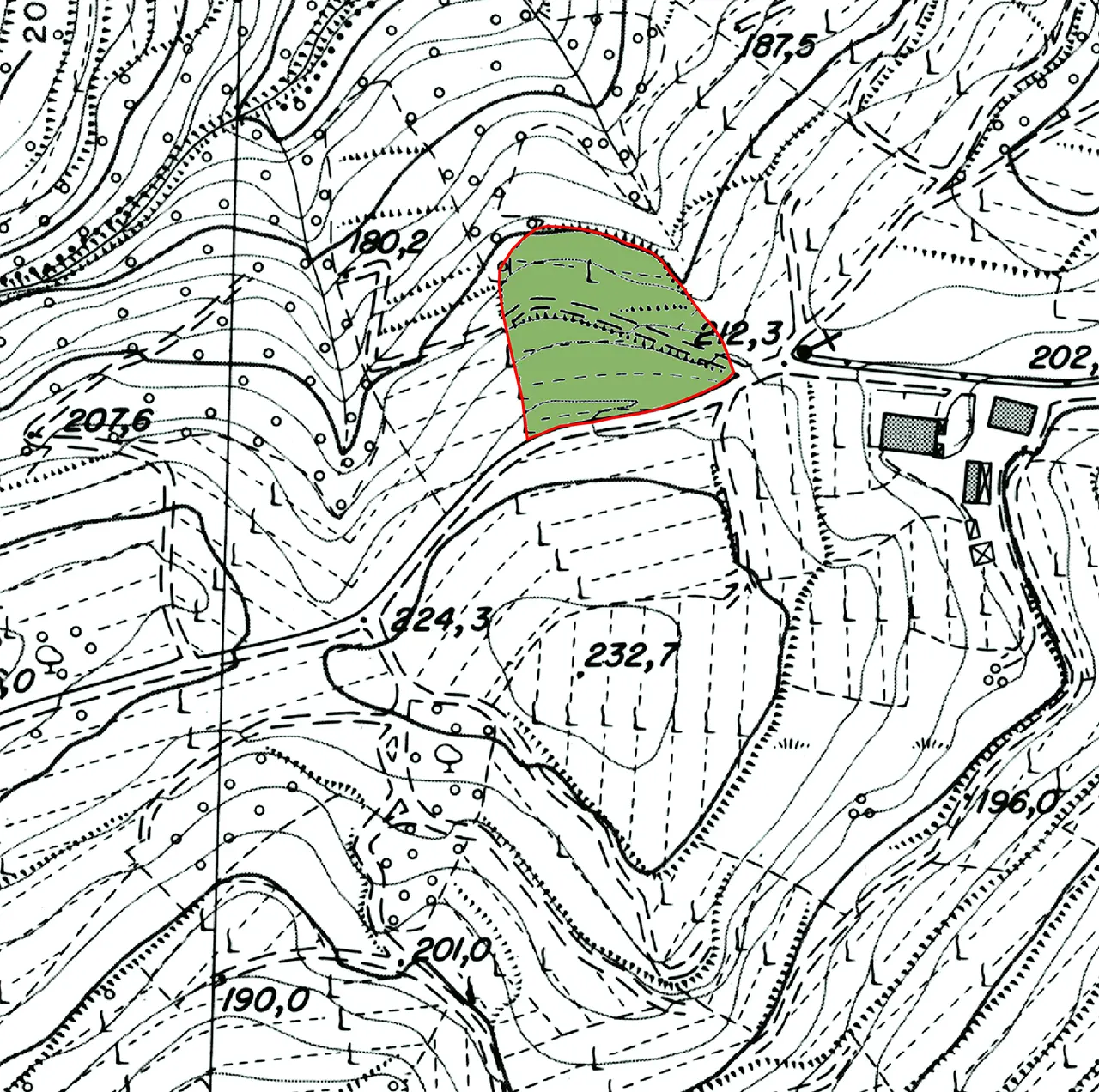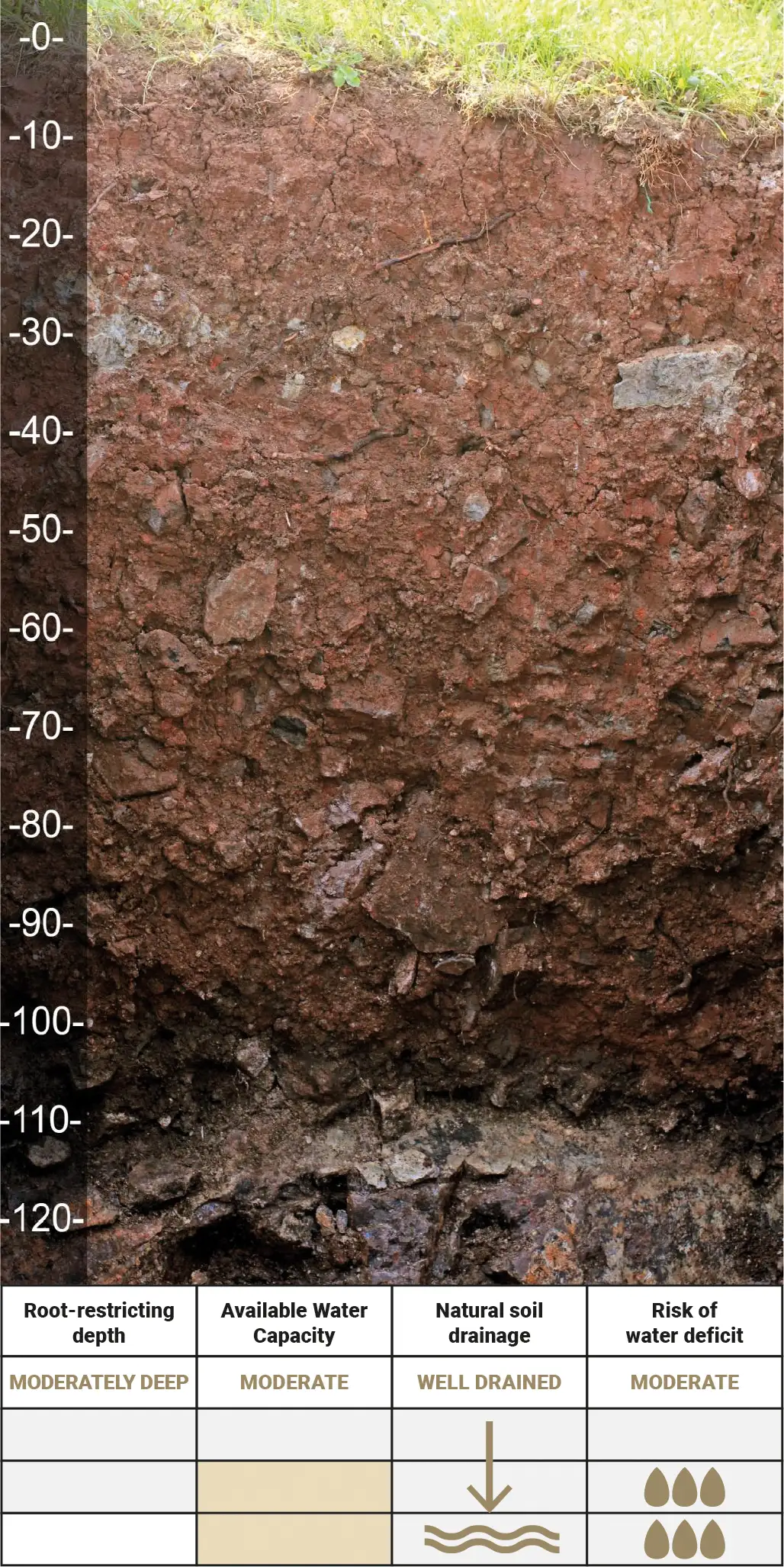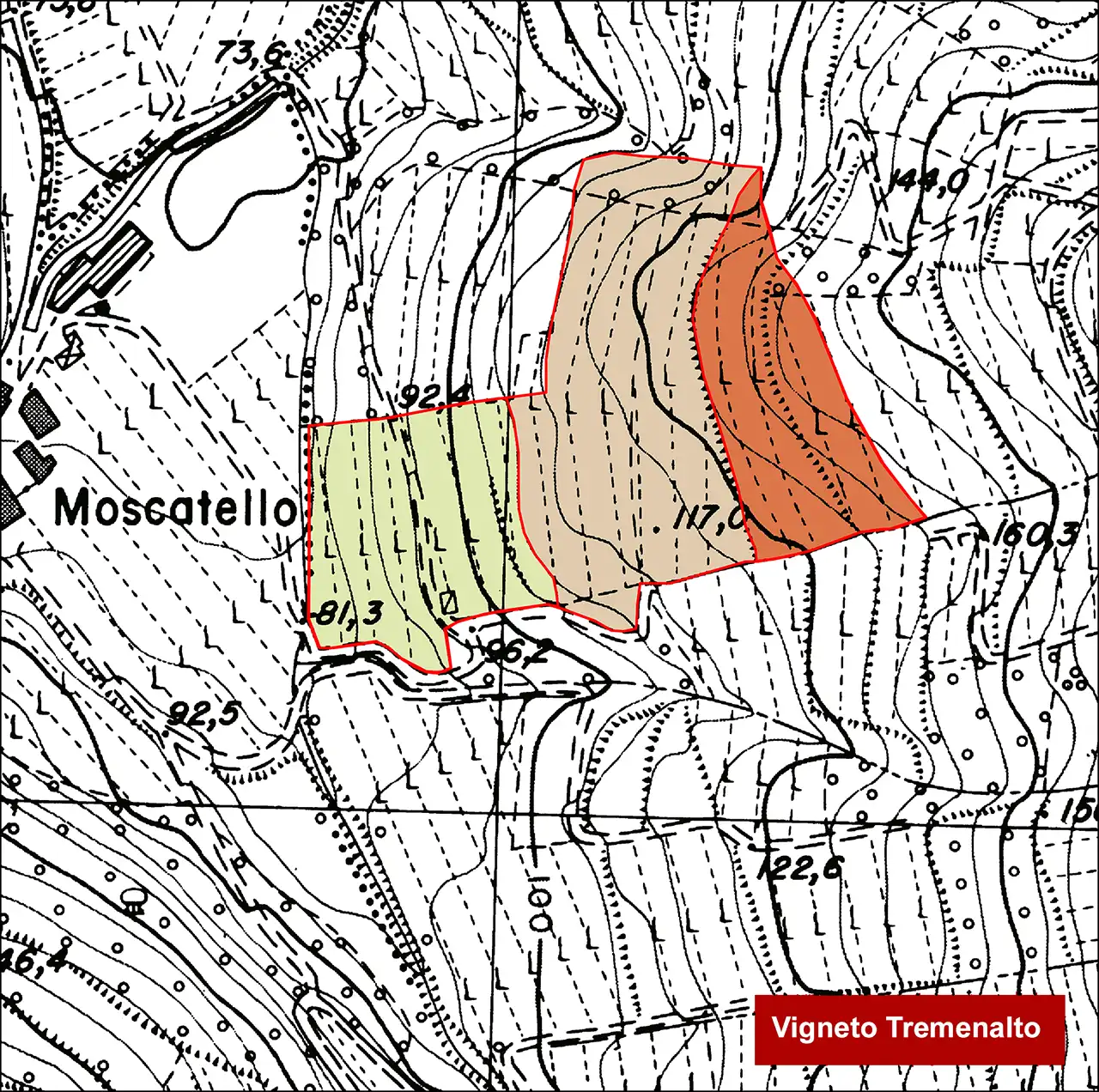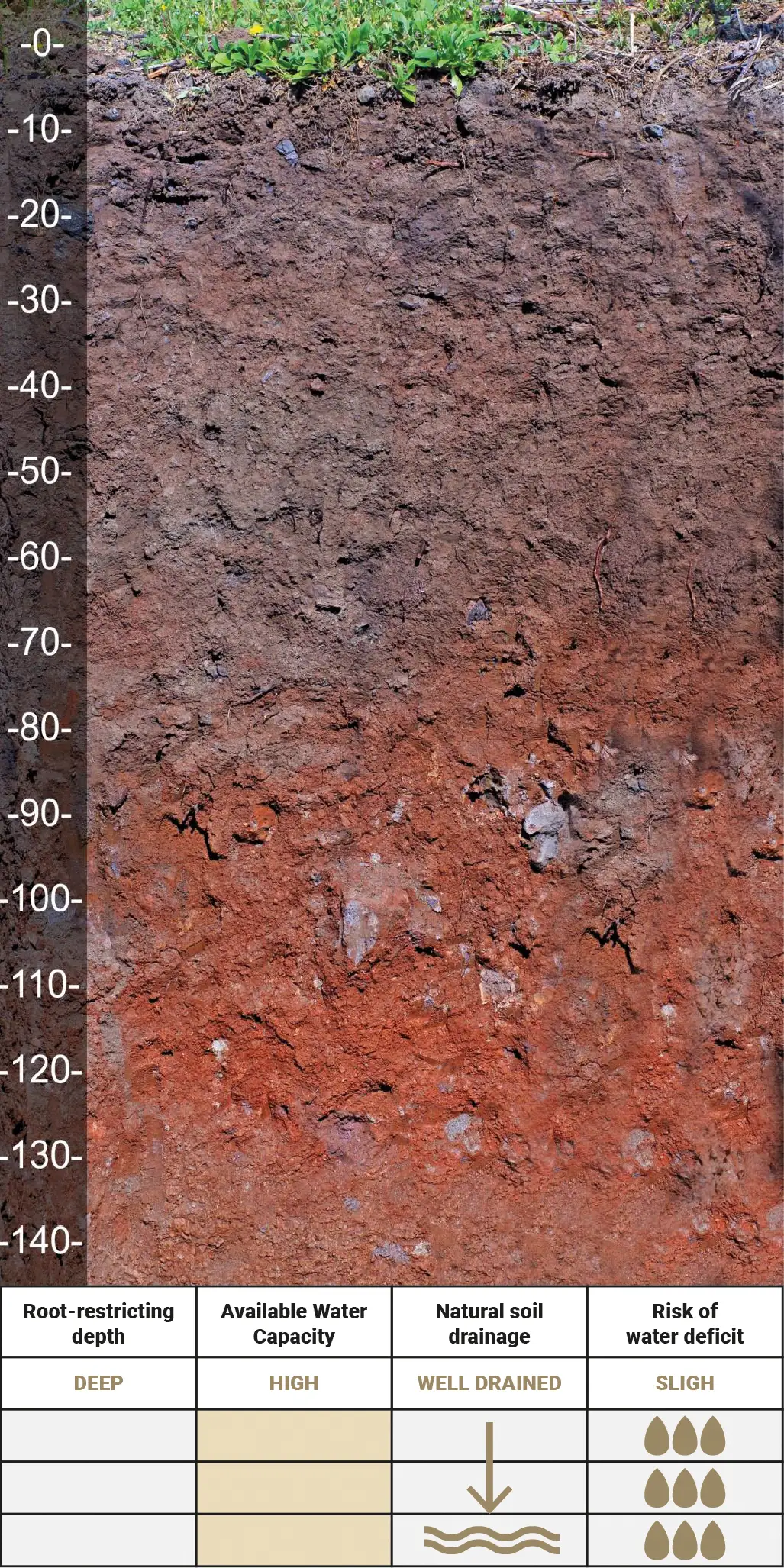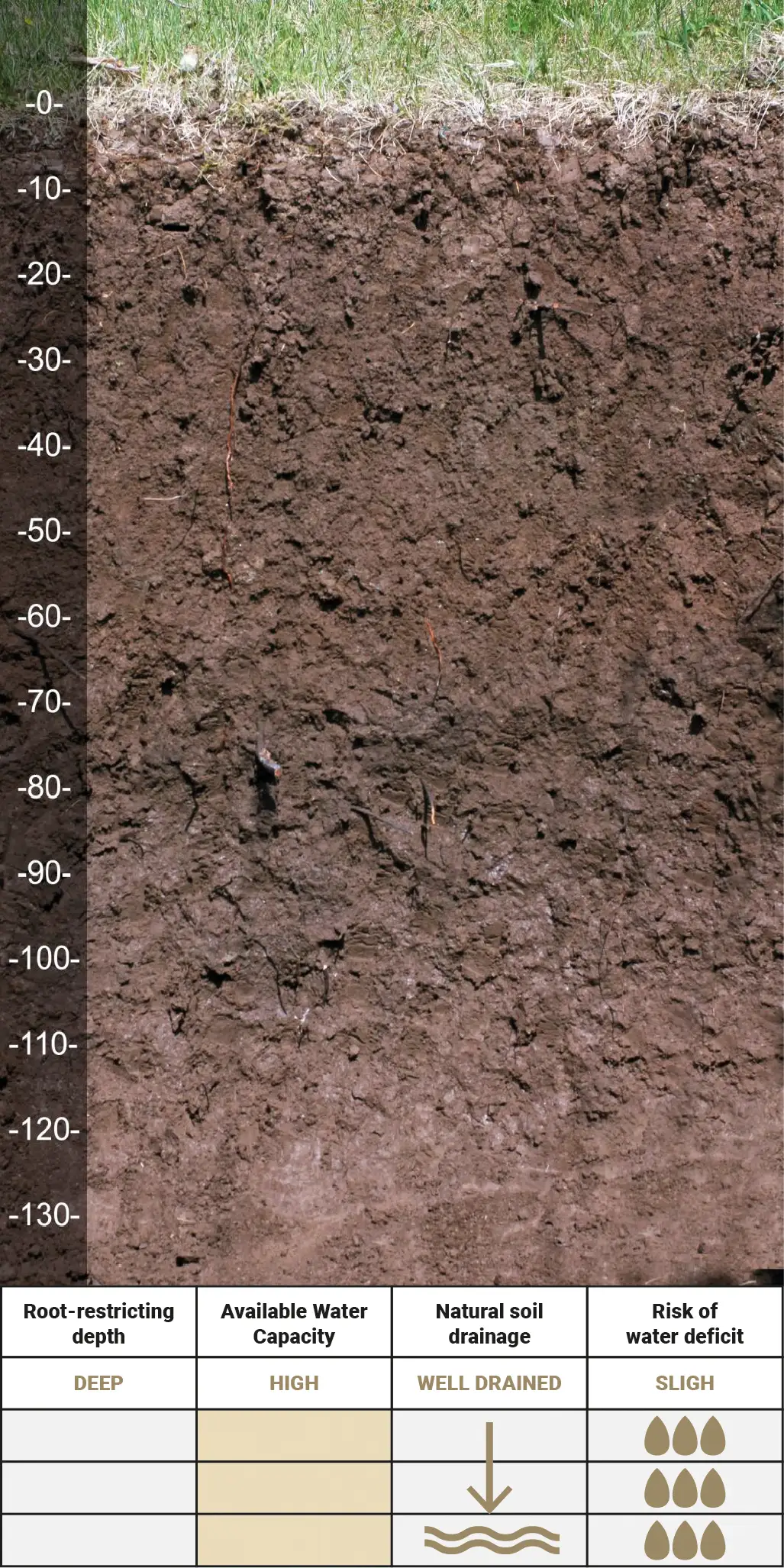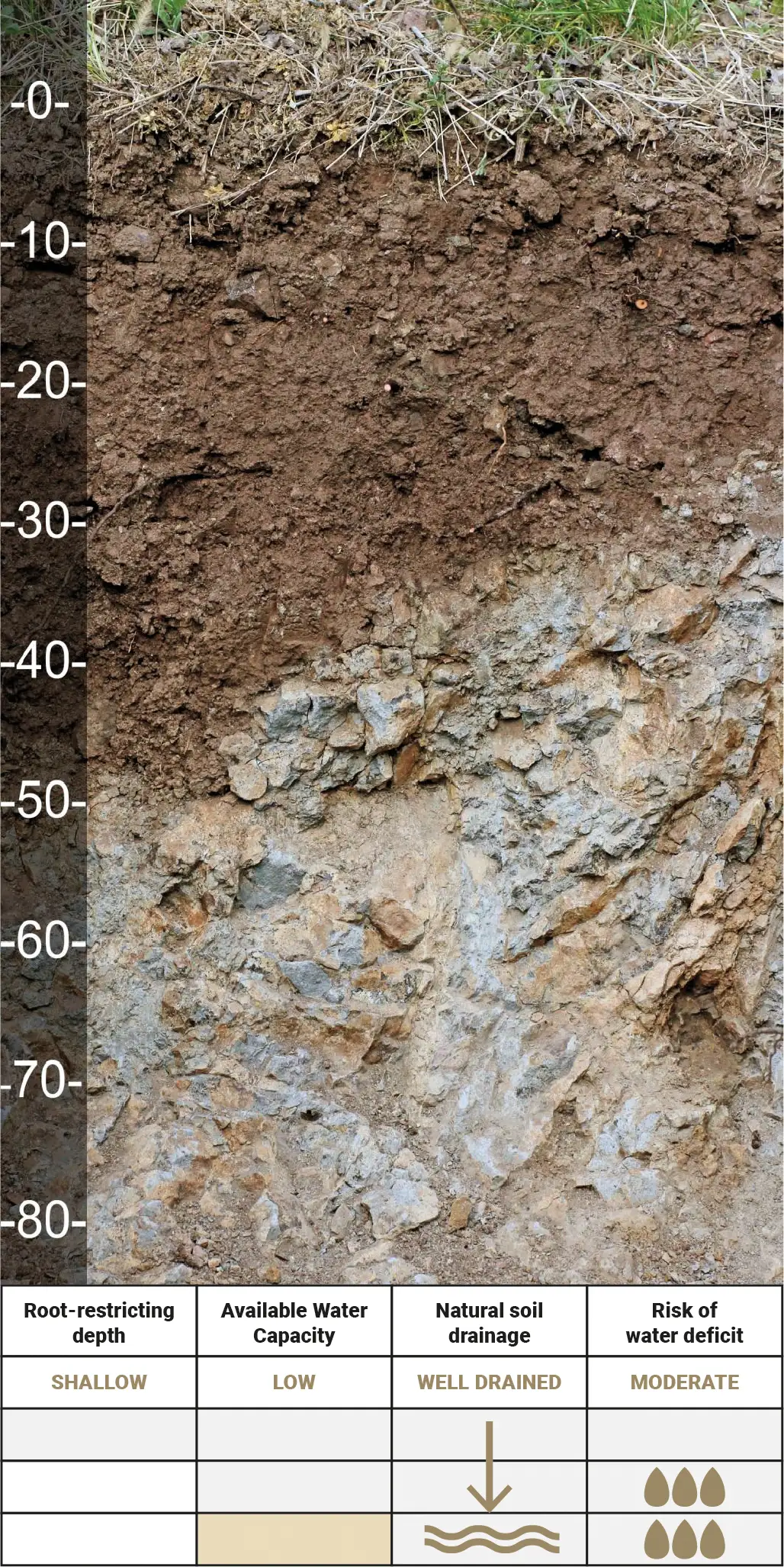The ancient Romans knew this too, and believed these places were alive, inhabited by a supernatural entity, the “genius loci”, which defined its character.
Fittà, Castellaro and Tremenalto are among them: they are places whose unique features of soil composition and microclimate have made them historically acknowledged in the Soave Classico region as being highly-suitable for vinegrowing, so much so as to be officially recognized and included in the production regulations as “UGA” (Additional Geographical Units).
In fact, we have always obtained very expressive grapes from our three small plots located at the heart of each of these places, which we decided to vinify separately, but in the same way. The result is three original and perfectly distinct wines.
So, what defines their uniqueness?
This is the question that led to the “I Luoghi” (The Places) project: a study that began with our observations in the winemaking field and took us to the depths of the territory, through a study of its geology, to discover the richness and variety of our volcanic soils.

THE SOILS
The soils of our Fittà, Castellaro and Tremenalto vineyards are pieces of a colourful mosaic that make up and sum up the volcanic area of Soave Classico.
The variety of their composition and the degree of alteration and disintegration of the basalts they contain, means that, as a whole, they fully represent the volcanic territory of our appellation.
This territory was formed from about 65 to 20 million years ago, at the start of the Tertiary period. In this area covered by a vast tropical ocean, intense volcanic activity developed underwater and, subsequently, subaerial.
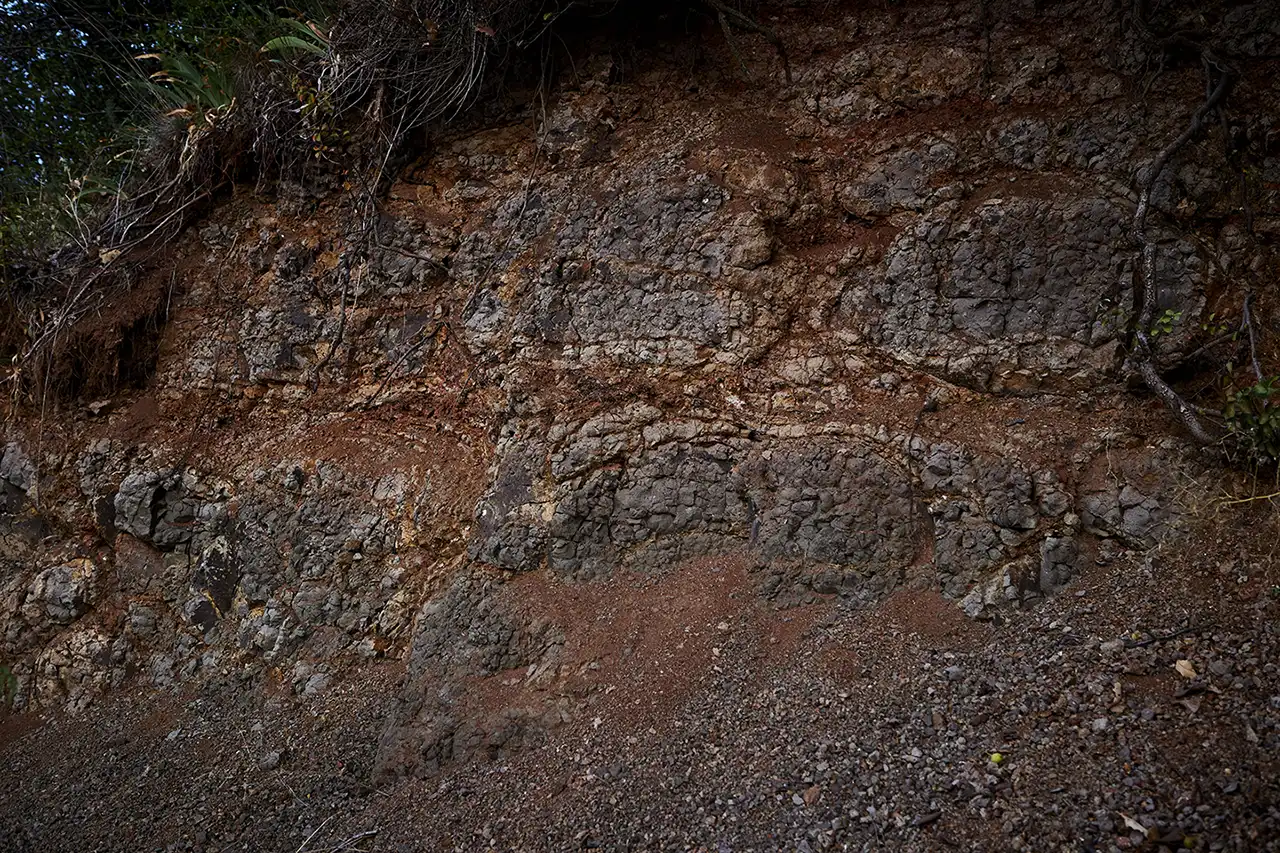
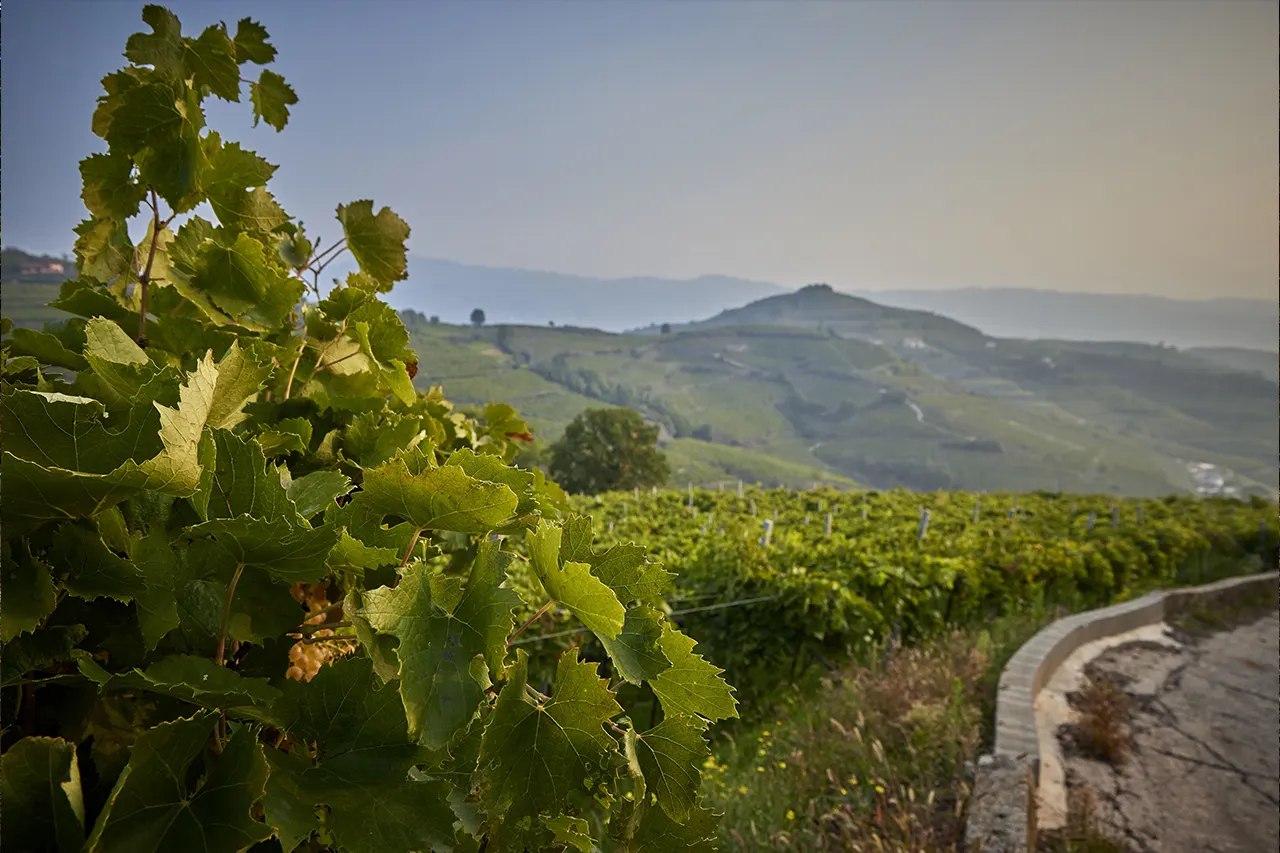
The volcanic rocks and other products of these eruptions have created an extremely varied landscape, often marked by high slopes and abrupt height differences. At the same time, they have left us the legacy of a unique soil: it is extremely rare to find anywhere in the world an ancient volcanic soil in high hills, whose pedogenetic evolution has not been significantly obstructed by erosion, as in the case of Soave.
Undisturbed for thousands of years, deep down, the basalt rocks that form these soils have disintegrated to the point of making them very easy for the vine roots to penetrate and assimilate.
Time and nature have turned the original magma, a destructive force, into a vital energy: a rich soil that interacts completely with the plants growing on it, exchanging water and nutrients with them.
The vineyard, covering about one hectare, is located on the ridge linking the hamlet of Fittà with the slopes of Monte Castellaro. It is on a slightly undulating, south-facing surface and includes a short slope modelled into steps, facing east, descending towards a small incision in the ridge.
The altitudes range from 255 to 240 m above sea level, with slopes from 3-15%, on the undulated area, to about 45% towards the stepped slope.
The substratum consists of altered basalt vulcanite. Two different types of soil have been identified in the Fittà vineyard; the first is extremely evolved and structured, the second is affected by the position of the slope and highlights the presence of a many-sided variety of deeply altered basalt rocks.
The vineyard consists of a small plot covering , located on the sides of the mountain, on the north-facing slope that climbs towards the hamlet of Fittà.
Altitudes range from 200 to 220 m above sea level, with slopes of 10-20%. The substratum is formed of altered basalt vulcanite.
A moderately deep soil has been identified in the Castellaro vineyard, marked by a profile rich in stones and cultivated throughout its depth.
The vineyard is located in the Moscatello area, on a west-facing slope covering a total surface area of about 2 hectares. The area, called Tremenalto, consists of a series of slopes and small valleys facing the Val d’Alpone to the north of the hamlet of Fittà.
Altitudes range from about 80 to 130 m above sea level, the average slope is 25%, with extremes of 5 and 40%.
The substratum consists of altered basalt vulcanite.
Three different types of soil have been identified in the Tremenalto vineyard, with markedly different characteristics which reflect the intrinsic variety of the basalt rocks and the different intensity of slope processes they have undergone; the first extremely reddened by oxidative processes of mineral alteration; the second, deep and evolved, on an undulated surface essentially preserved from erosion; and the third, extremely eroded, shallow and clearly modelled by human activity.
The true essence of these places
Geological studies have shown that soils in the Fittà, Castellaro and Tremenalto vineyards have a common feature resulting from the nature of the parent material they consist of. They also highlight characteristics of high pedodiversity. Therefore, they teach us that it is impossible to talk about “volcanic soil” in general, given the huge variety of its expressions even within the same area.
Depending on its composition, the degree of penetrability and the available water capacity, each one creates a unique environment and establishes a different relationship with the vines themselves.
This shows how, as a consequence, soil characteristics can affect the composition of the resulting grapes and wine.
Is that all then? Is it just the soil that determines the unique nature of a wine?
No, it’s rather the place it belongs to, in its entirety, which the soil is a very important element of, but not the only one. A place is its peaks and valleys, its woods, trees and vineyards, a place is also its inhabitants, the people and animals, its climate, the sun, water and wind and all these things together that interact in a complex, unique and sometimes mysterious equation. Therein lives its “genius”, and it is precisely this, the essence of every single place, that is expressed in its wine.

